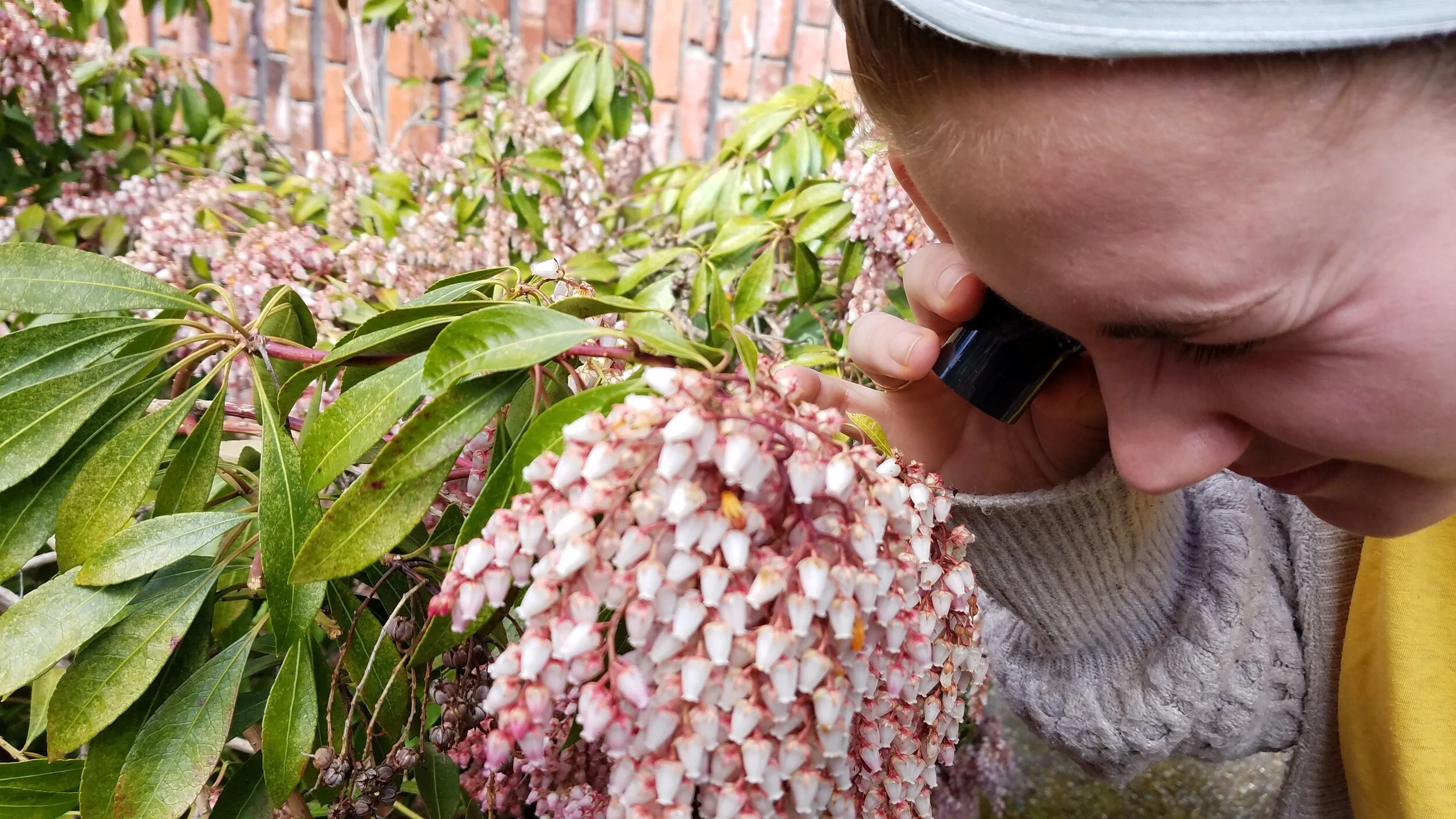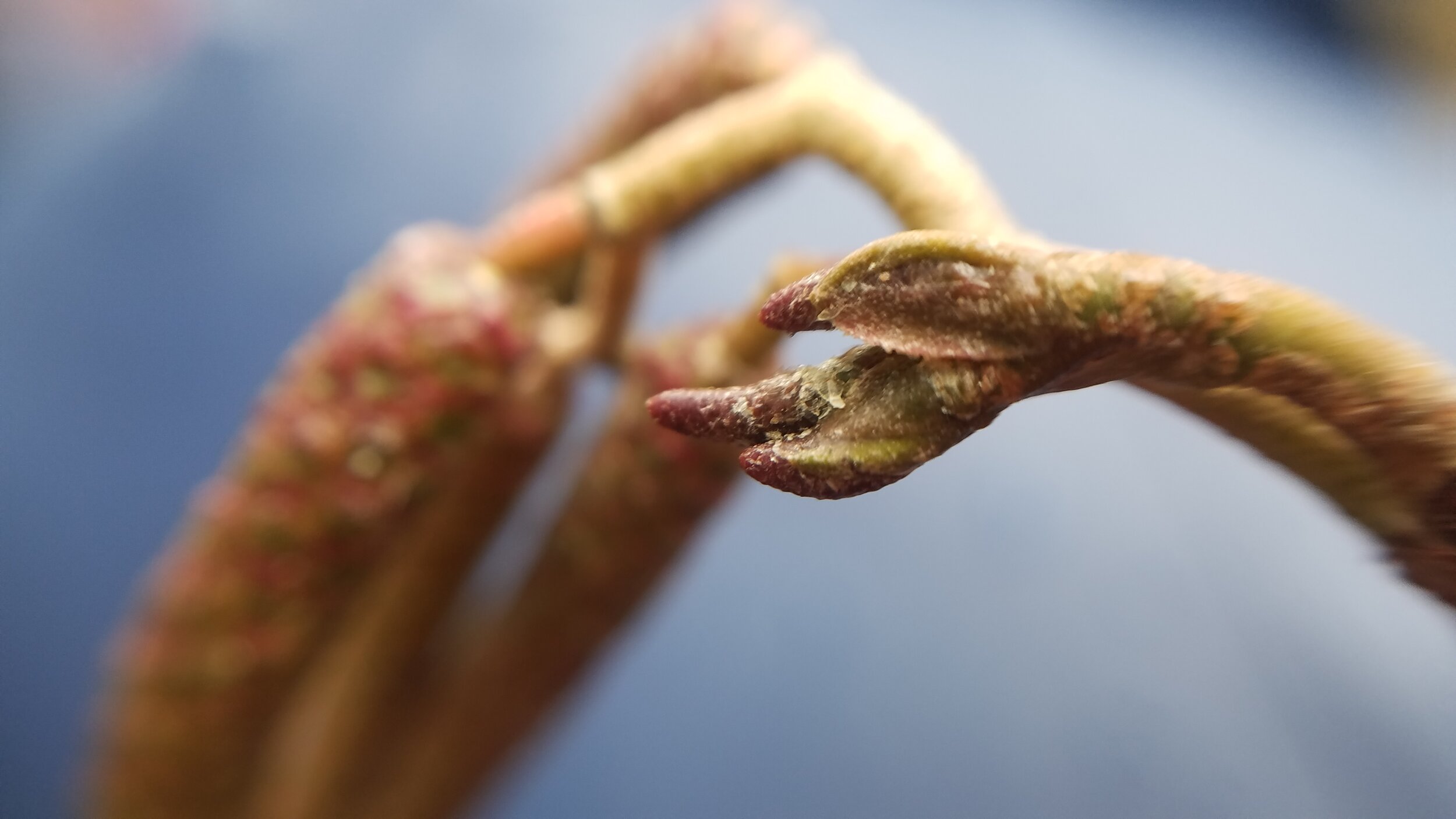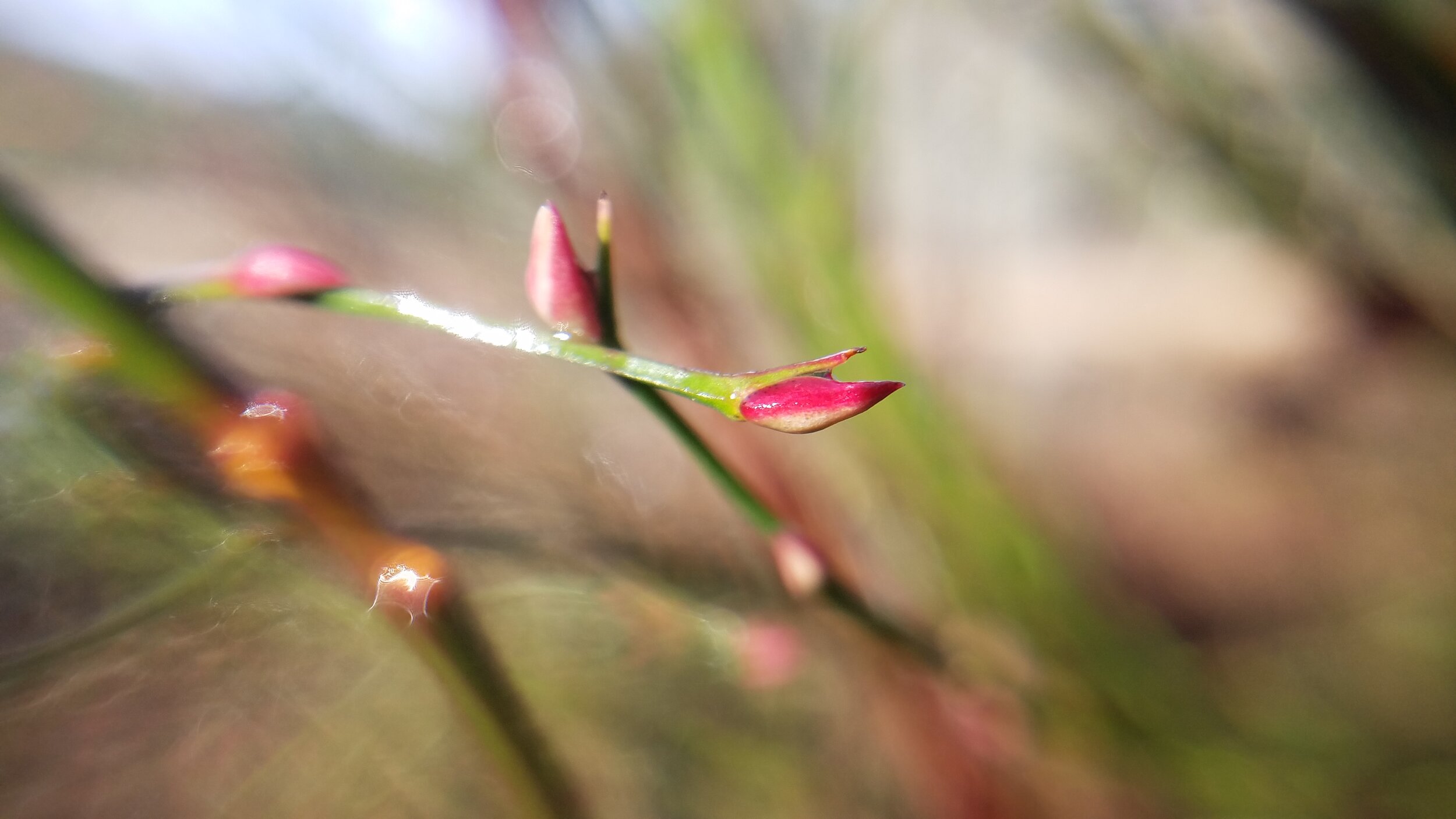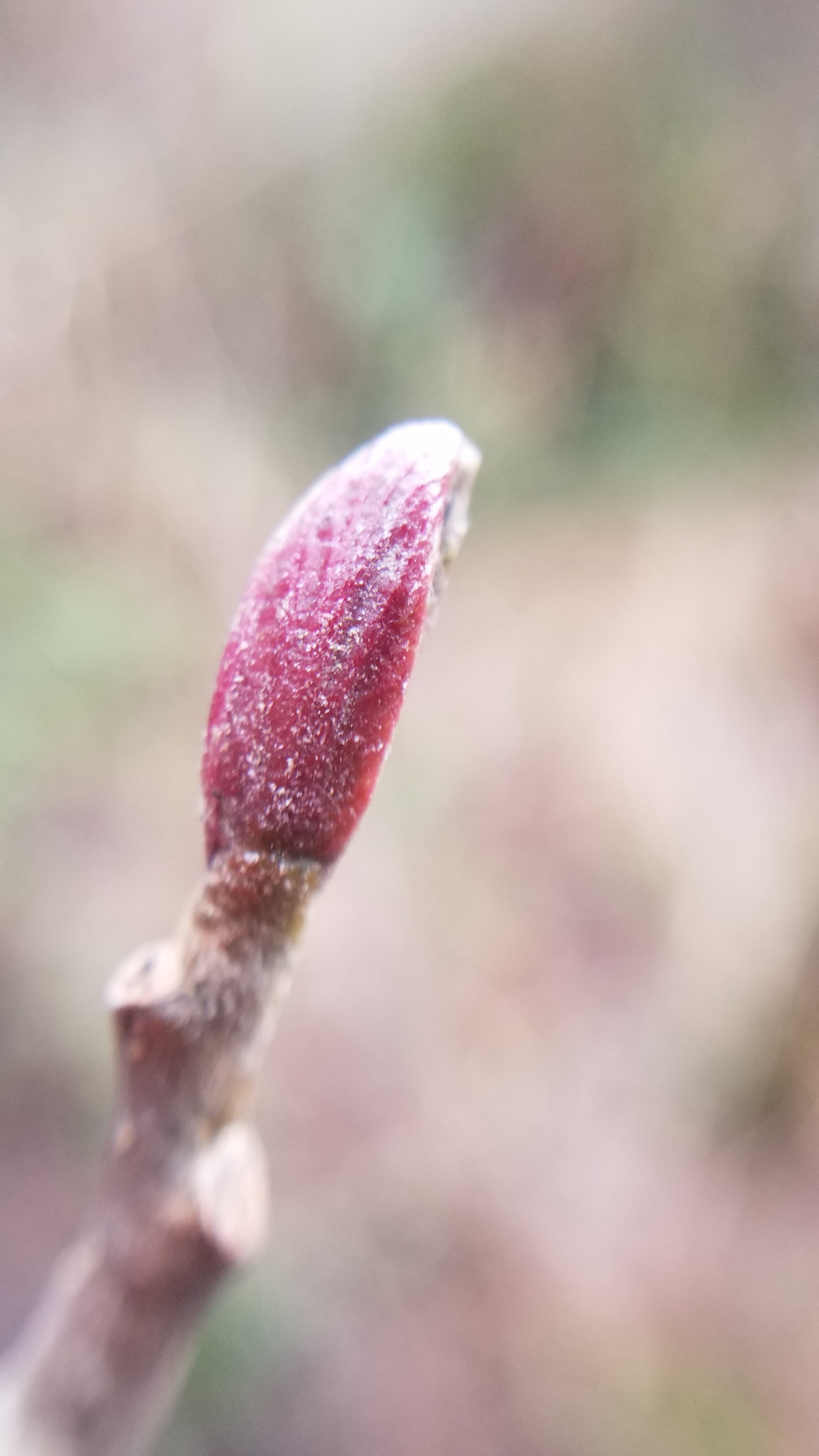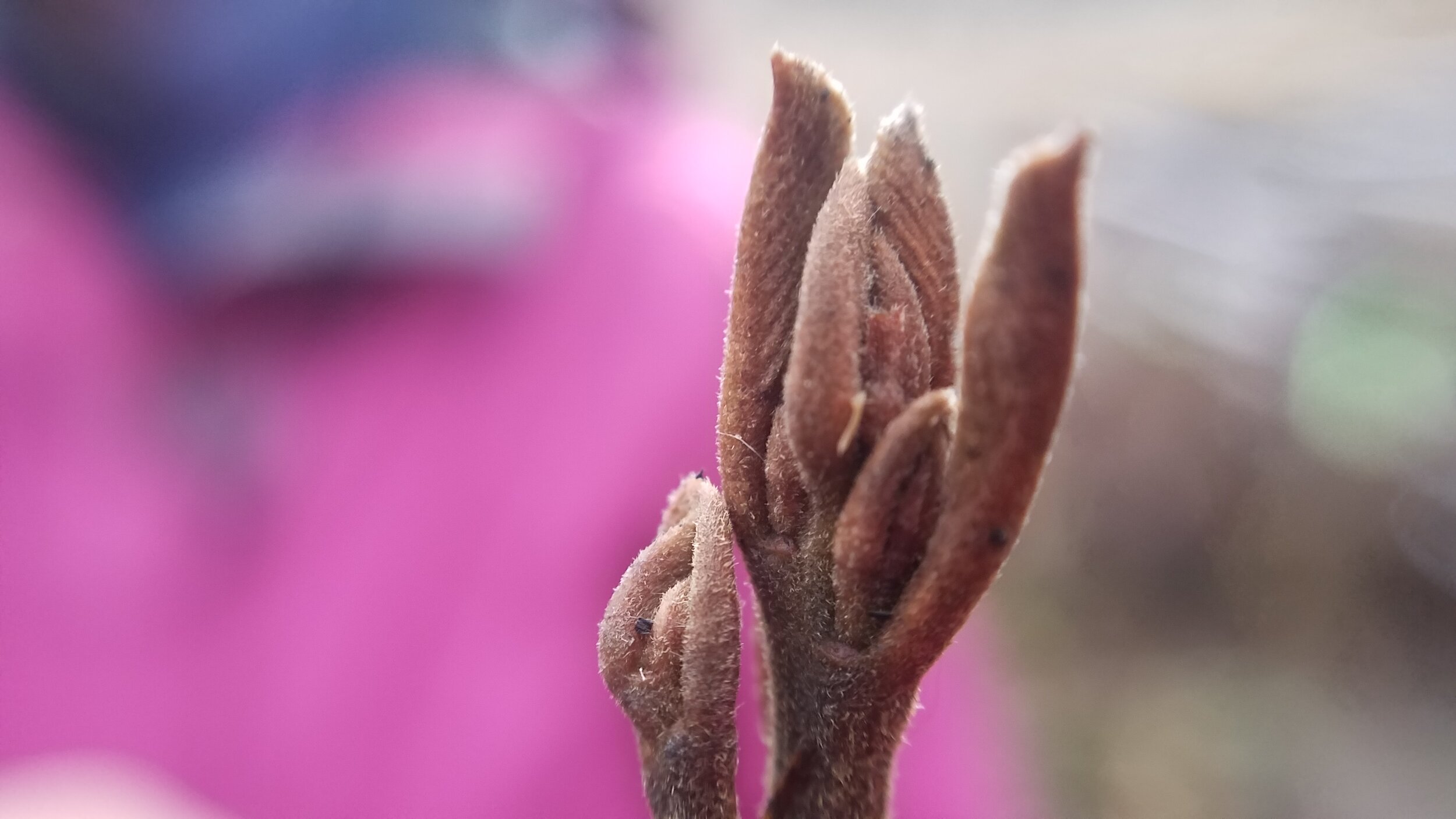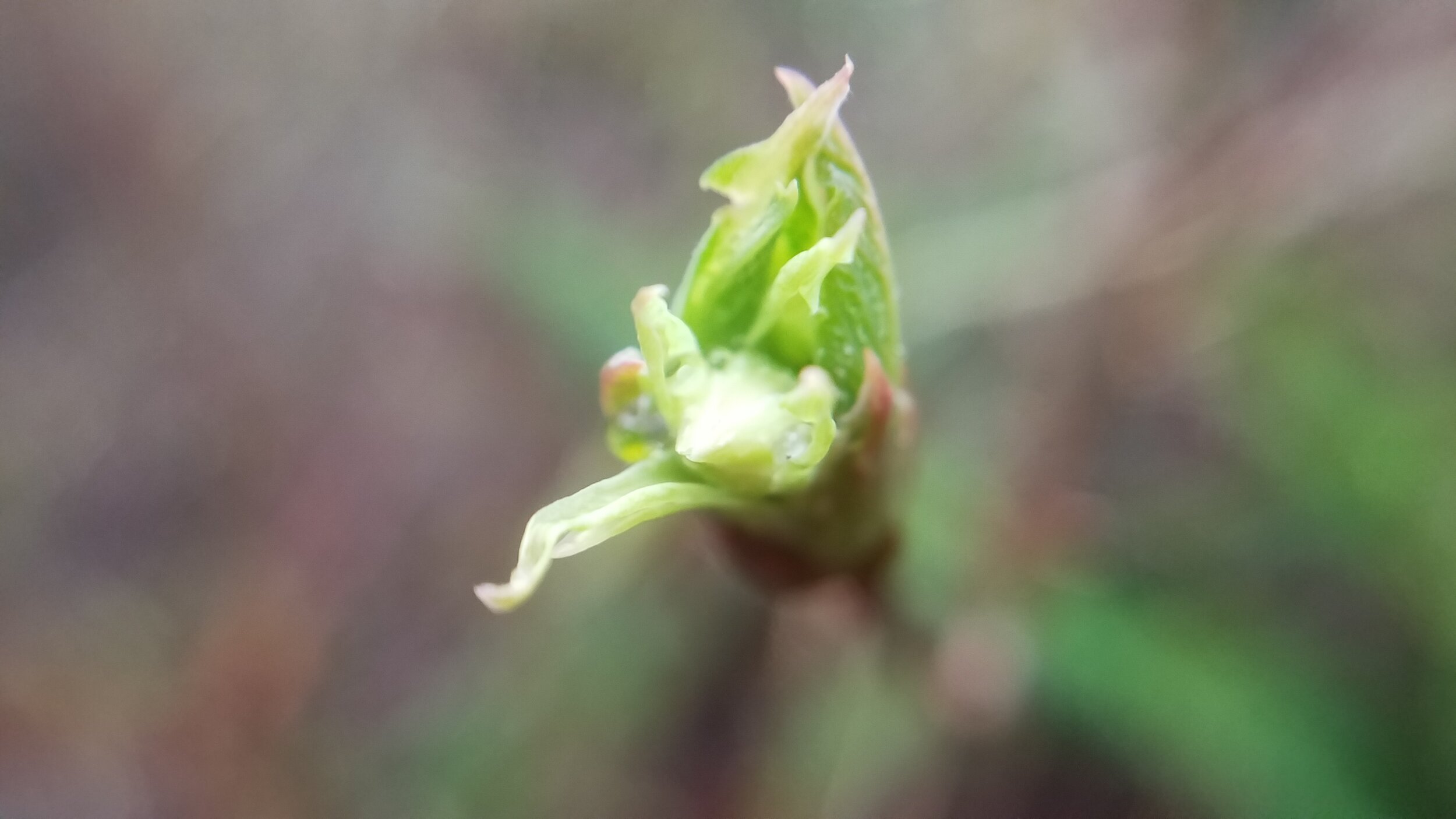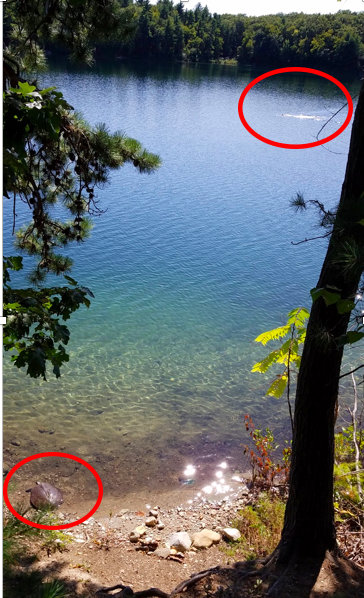The news of the CZU Lightning Fire in California hit home for me this past week as the fire swept through Big Basin Redwood State Park—California’s oldest state park and protected habitat of the endangered Marbled Murrelet. This robin-sized seabird comes inland from the Pacific Ocean to the mature and old-growth forests during the summer to nest on the wide branches of the trees. Big Basin Redwood State Park was the center of the discovery of the murrelets’ nesting site in 1974 in a 220-foot-high Douglas-fir, the kind—and perhaps very tree that held that famous nest—that are being burned and scorched now as the fire engulfs 78,000 acres of Santa Cruz and San Mateo Counties. Many of the redwoods will survive—there is some good news here from KQED.
While writing my book , Rare Bird: Pursuing the Mystery of the Marbled Murrelet (Rodale 2005 and Mountaineers Books 2014), about this extraordinary bird, I spent much time in this spectacular “big-trees” state park visiting the site of the nest discovery, camping with my family under the very tree where the nest was found, and hiking the park trails under thousand-year-old trees and feeling as if I had walked back in time.
Photo of the author at Big Basin Redwood State Park (by M.D. Ruth)
Big Basin Redwood State Park’s historic Headquarters and Visitors Center burned to the ground (details and photos here) and there is extensive damage in the historic core of the 18,000-acre park, including the popular campgrounds. The headquarters building was the site where the park rangers and historian gazed down on a strange downy chick, saved by a tree trimmer in the August 1974, that they identified out as a marbled murrelet—the first confirmed and later documented scientific evidence that these birds nested in trees. Now this historic building is gone.
The remains of the headquarters building at Big Basin Redwood State Park, the site where park rangers solved the great nesting mystery of the marbled murrelet in August 1974. Image by Randy Vazquez/MediaNews Group/The Mercury News Via Getty Images
The 1974 discovery eventually placed the murrelet on the list of federally threatened and endangered species and helped project much of its nesting habitat from logging—the single biggest threat to this bird’s survival. While the redwoods and other conifers are thick-barked species and adapted to withstand fire, the murrelets themselves are not adaptable. Their populations in California and throughout their range (north to Alaska) have been declining precipitously. The increased frequency, intensity, and duration of wildlife is not merely a “threat” to these and other birds and wildlife. These fires are happening now.
Please consider making a donation to the Sempervirens Fund to help restore Big Basin Redwood State Park. The Sempervirens Fund is a non-profit land trust dedicated to the conservation of forests in the Santa Cruz Mountains. To the first 20 of my readers who donate $50 to help restore Big Basin Redwood State Park, I will send you a complimentary copy of my book, Rare Bird: Pursuing the Mystery of the Marbled Murrelet. Just send me (mariaruthbooks@comcast.net) a screenshot of the to of the email acknowledging your donation and your mailing address. Thank You!
Send me a screen shot like this (with your name in the To field and I’ll send you a copy of Rare Bird!







